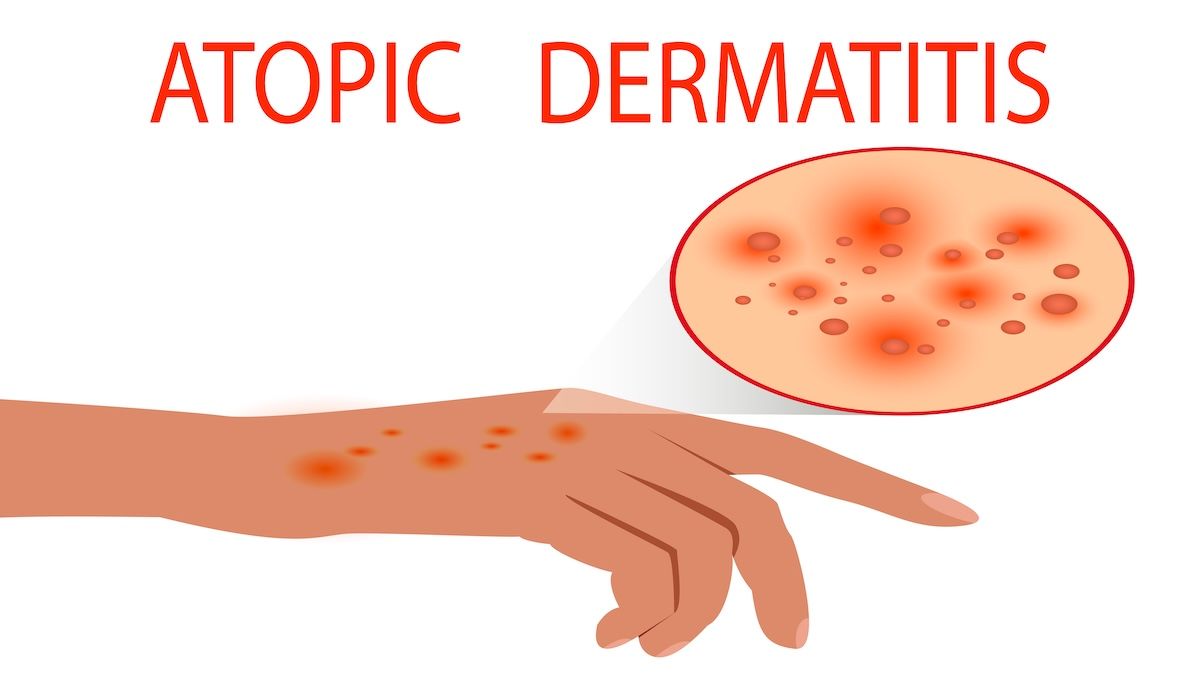Video
Challenges in Wound Care Through the Managed Care Lens
A breakdown of wound care challenges from the payer perspective given difficulties in identifying cost.
Transcript
Peter L. Salgo, MD: What are the challenges as an insurer of wound management in terms of paying for all of this? Give me a list of the challenges as you see them?
Michael T. Kazamias, MS, DPM: What are the challenges they’re paying for?
Peter L. Salgo, MD: They’re paying for all of that. What are your challenges as an insurer? How do you get the right money to the right people, to the right treatment, to the right patient?
Michael T. Kazamias, MS, DPM: You have to identify the costs, which is very difficult, and find out the size of the problem and then look at what is business as usual regarding this cost center and then start looking at what’s the most appropriate mechanism to be able to deal with chronic wounds. Do we treat them where we are now, or do we set up areas where we incentivize individuals and doctors to band together to form centers of excellence that can carve the entity out as a true chronic condition in and of itself?
Robert J. Snyder, DPM, MSc, CWSP, FFPM RCPS: Would you agree that there presently are not enough economic data out there to really make some of those decisions, or do you think the data are there?
Michael T. Kazamias, MS, DPM: The data are there, they are just very difficult to mine. As I mentioned earlier, there are different reporting mechanisms, there are different incentivization programs in place in different geographies around the country. I’ll give you an example. It’s very easy to go to a managed care company that holds global risk and determine what their costs are in wound management, because they have all the codes. They know exactly what they’re doing when they disburse their risk management dollars, and their delegation of financial risk isn’t parsed out. It’s in 1 area. Those are easier to be able to quantify. Then you move to a different geographic location where the risk is delegated to different entities, you have to go looking for data that are there.
Robert J. Snyder, DPM, MSc, CWSP, FFPM RCPS: If you ever tried to navigate the CDC website, it is very difficult. If you have the time.
Michael T. Kazamias, MS, DPM: Do they have a GPS [Global Positioning System] for that?
Peter L. Salgo, MD: I tried it once, and I went howling into the night.
Robert J. Snyder, DPM, MSc, CWSP, FFPM RCPS: If you have the time, initially when you look at it, it appears that actually the number of amputations are going down, the number of infections in diabetic patients are going down. What they’re not taking into account is the denominator is enlarging, so you’re getting more diabetics, you’re getting diabetics who are not living to 60, they’re living to 80, so they’re going to develop a lot of these complications that we perhaps wouldn’t see 10 or 15 years ago. I think that’s going to ultimately translate to the dollars that we’re going to have to spend.
Samuel D. Young, MD, MBA, CPE, CHCQM: Let me throw this out as a suggestion. Medicare tends to drive what managed care does in terms of assessment of quality, right, and how patient populations are managed. And for example, in diabetics, it’s hemoglobin A1C. That’s the marker that has to be reported for quality purposes on Medicare databases. Perhaps, and I’m just throwing this out there as a thought, what about a skin assessment of some form as a quality metric for good physician practice and trying to get at the front end of this wound problem, instead of where we’re looking at it, focusing on the back, terminal end?
Peter L. Salgo, MD: The A1C is kind of an indirect measure, but looking at the skin is the front end.
Samuel D. Young, MD, MBA, CPE, CHCQM: Right.
Michael T. Kazamias, MS, DPM: It’s actually been established in private practice, a lot of physicians now, for those quality measures they have to, and in podiatry specifically, there are quality measures that qualify under podiatry that are used for reporting to incentivize reimbursement to those clinicians. There are attempts in order to be able to incorporate those skin markers or those diabetic assessments.
Samuel D. Young, MD, MBA, CPE, CHCQM: They’re only enforced for podiatrists, not for primary care physicians.
Michael T. Kazamias, MS, DPM: Good point.
Samuel D. Young, MD, MBA, CPE, CHCQM: That’s my point.
Peter L. Salgo, MD: People tend to agree with you a lot. Have you noticed that?
Robert J. Snyder, DPM, MSc, CWSP, FFPM RCPS: It currently is not a quality measure.
Peter L. Salgo, MD: But it should be, yes?
Robert J. Snyder, DPM, MSc, CWSP, FFPM RCPS: Certainly, there are many things that should be quality measures, unfortunately they’re limited at this point.
Peter L. Salgo, MD: Well, if I may say to sum that up, looking at the patient should not be optional, and taking off the shoes and socks should not be optional, and reporting that in should be easy enough to do. I understand if you lard enough of this on, at some point it gets to be an enormous list, but some simple stuff would help a lot.
Newsletter
Stay ahead of policy, cost, and value—subscribe to AJMC for expert insights at the intersection of clinical care and health economics.




